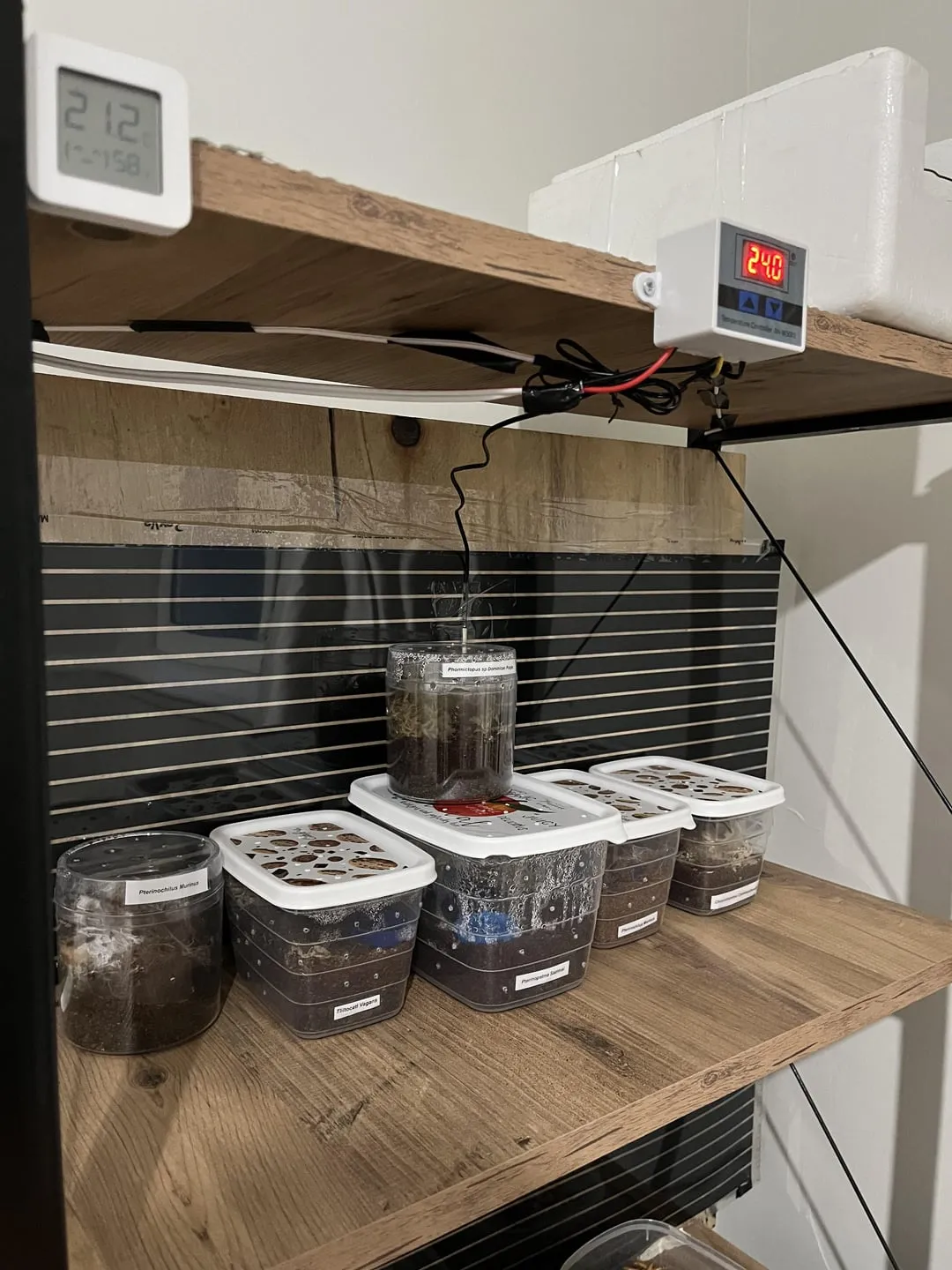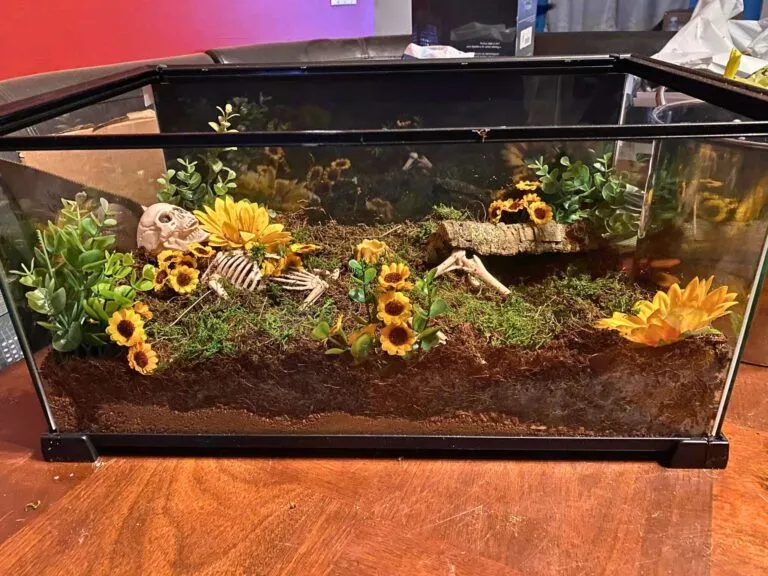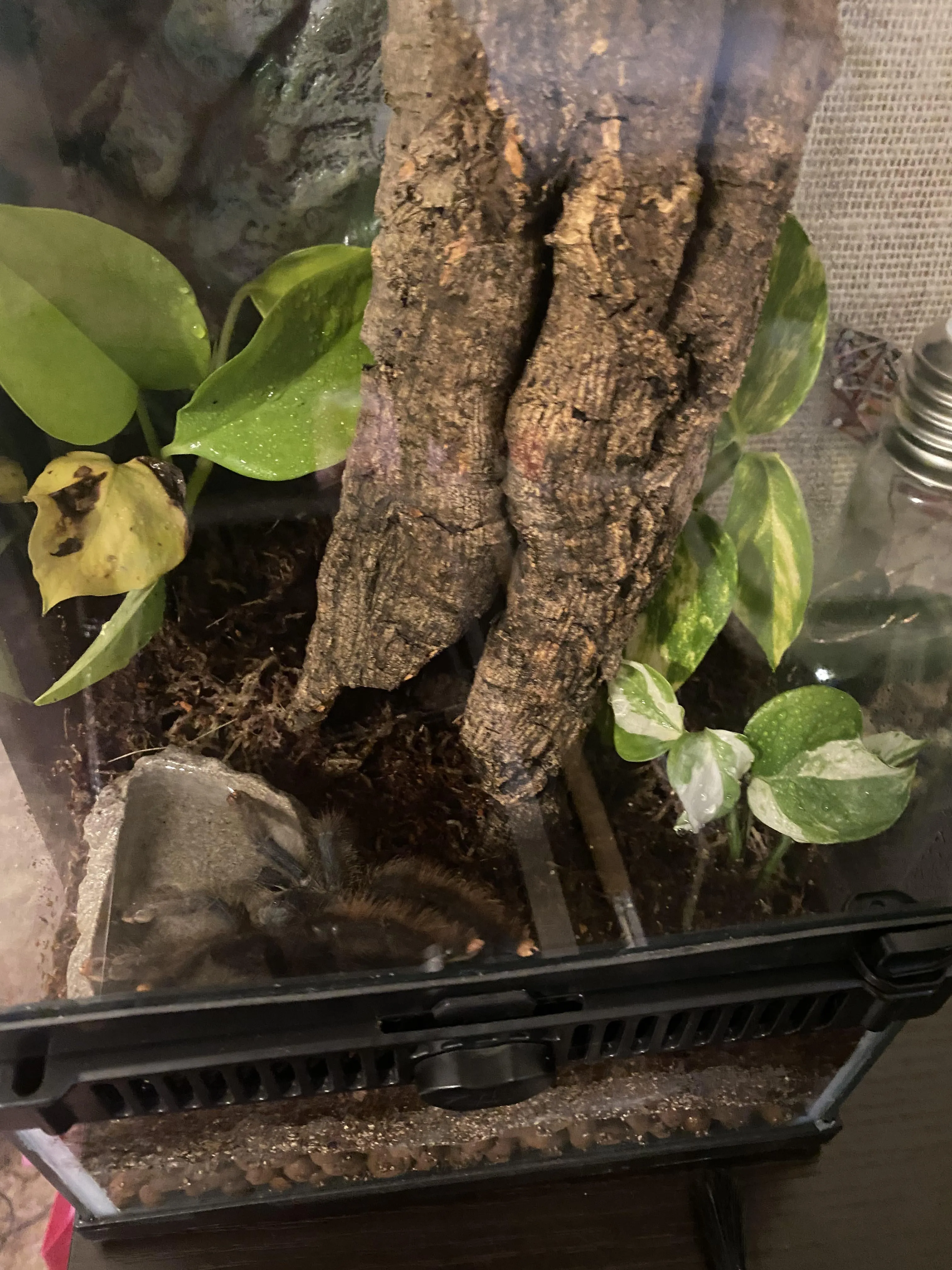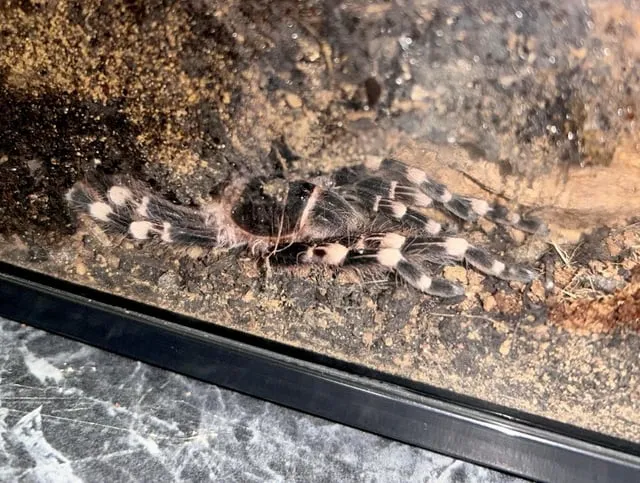Choosing the Right Tarantula Enclosure
Selecting the proper tarantula enclosure is the first, and arguably most crucial, step in responsible tarantula ownership. The enclosure serves as your pet’s home, providing shelter, regulating environmental conditions, and offering a space for the tarantula to thrive. Several factors must be considered, including the tarantula’s species, size, and arboreal or terrestrial nature. A well-chosen enclosure not only ensures the tarantula’s well-being but also makes maintenance easier for you. This initial decision sets the stage for the overall health and happiness of your eight-legged companion. The right enclosure promotes natural behaviors, reduces stress, and allows for comfortable molting cycles, all of which are critical for a healthy tarantula.
Size Matters Matching Enclosure to Tarantula Size
The size of the enclosure should correspond directly to the size of your tarantula. An enclosure that’s too small restricts movement and can lead to stress, while one that’s too large might make it difficult for the tarantula to find its food and feel secure. As a general rule, the width of the enclosure should be at least twice the tarantula’s leg span, and the height should be sufficient to allow for digging or climbing, depending on the species. For juvenile tarantulas, start with a smaller enclosure to help them feel safe and to make it easier to find their meals. As your tarantula grows, you’ll need to upgrade to a larger enclosure. This gradual increase in size is crucial for the tarantula’s development and overall well-being, mirroring their natural growth patterns.
Enclosure Materials Glass vs. Acrylic

When selecting the material for your tarantula enclosure, the two primary options are glass and acrylic. Both offer distinct advantages and disadvantages. Glass enclosures are often heavier, more durable, and can be more resistant to scratching. They also tend to be more affordable. Acrylic enclosures, on the other hand, are lighter, provide better insulation, and offer superior clarity, allowing for unobstructed viewing of your tarantula. Acrylic is less likely to shatter than glass if dropped, which is a safety advantage. However, acrylic is more prone to scratching. The choice between glass and acrylic often comes down to personal preference, budget, and the specific needs of your tarantula species. Consider the long-term maintenance and the visual appeal when making your decision. Both materials can provide a safe and suitable environment if properly managed.
Ventilation Is Key Maintaining Optimal Airflow
Adequate ventilation is essential for maintaining a healthy tarantula enclosure. Proper airflow prevents the buildup of harmful bacteria, mold, and stagnant air, which can lead to respiratory issues and other health problems for your pet. The ventilation system should allow for a complete air exchange without compromising humidity levels, as some species require higher humidity. Most enclosures have ventilation holes or mesh tops. Ensure that these openings are appropriately sized to prevent the escape of smaller tarantulas and the entry of unwanted pests. Regular monitoring of the enclosure’s ventilation is necessary to ensure that air is circulating effectively. Poor ventilation can be a silent killer, so it’s crucial to make this a priority when setting up and maintaining your tarantula’s habitat. Consider the specific ventilation needs of your tarantula species when designing the enclosure.
Substrate Selection What to Use and Why
The substrate is the material that forms the floor of your tarantula’s enclosure. It serves several crucial purposes: it provides a comfortable surface for the tarantula to walk on, helps maintain humidity levels, and allows the tarantula to burrow, which is a natural behavior for many species. Common substrate choices include coconut fiber, peat moss, vermiculite, and a mixture of these. Coconut fiber is a popular choice due to its excellent moisture retention, natural appearance, and resistance to mold. The substrate should be deep enough to allow for burrowing if your tarantula is a burrowing species. Avoid substrates that are dusty or treated with chemicals. Always research the specific substrate preferences of your tarantula species before making a selection. Proper substrate selection directly impacts the well-being and behavior of your tarantula, contributing to a more natural and fulfilling environment.
Humidity Control Creating the Perfect Environment

Maintaining the correct humidity level is critical for the health of your tarantula. Different species have different humidity requirements. Too little humidity can lead to molting problems and dehydration, while too much humidity can cause mold growth and respiratory issues. The ideal humidity level depends on the specific species of tarantula, so it’s important to research this information thoroughly. To control humidity, use a hygrometer to monitor levels accurately. Methods for increasing humidity include misting the enclosure with water, using a shallow water dish, and providing a substrate that retains moisture. Ensure adequate ventilation to prevent excess humidity. For species that require lower humidity, ensure the substrate is allowed to dry out. The appropriate humidity levels assist in proper molting and overall vitality, ensuring your tarantula thrives in its habitat.
Decorating the Enclosure Providing Enrichment
Decorating the tarantula enclosure goes beyond aesthetics it is essential for providing environmental enrichment. Providing hides, such as cork bark, artificial plants, or even repurposed items like half-logs, gives your tarantula a sense of security and a place to retreat. Adding decorations helps mimic the tarantula’s natural habitat, encouraging natural behaviors and reducing stress. Be mindful of the potential hazards of decorations make sure they are securely placed and won’t topple or trap the tarantula. Ensure decorations do not have sharp edges or chemicals. Live plants can also be used in enclosures that have the appropriate humidity and lighting. The right décor transforms the enclosure from a simple habitat into a stimulating and enriching environment. By creating a visually interesting and functionally rich space, you contribute significantly to your tarantula’s well-being, improving its quality of life.
Feeding and Watering Strategies
Proper feeding and watering are fundamental aspects of caring for a tarantula. Tarantulas are carnivorous creatures, and their diet consists primarily of insects, such as crickets, mealworms, and roaches. The frequency of feeding depends on the tarantula’s age and size. Younger, growing tarantulas require more frequent feedings, while adult tarantulas can often be fed less often. Always offer appropriately sized prey items. Ensure your tarantula has access to fresh water at all times. Use a shallow water dish to prevent accidental drowning, and refill it regularly. Remove any uneaten prey items from the enclosure to prevent stress and potential mold growth. Monitoring your tarantula’s eating habits and adjusting feeding schedules as needed is crucial to maintain its health. A well-nourished tarantula is a healthy tarantula, so consistency in providing nutritious food and clean water is essential.
Cleaning and Maintenance

Regular cleaning and maintenance are essential for maintaining a healthy environment for your tarantula. Spot-clean the enclosure regularly, removing any uneaten food, molted exoskeletons, and feces. Depending on the substrate, a full substrate change may be necessary every few months or as needed. Thoroughly clean the enclosure with a mild disinfectant. Be careful when cleaning the enclosure, and always wear gloves. During the cleaning process, safely move your tarantula to a temporary container. Make sure to have a well-ventilated container for this process. The frequency of cleaning depends on various factors, including the size of the enclosure, the tarantula species, and the substrate. Regular cleaning and maintenance prevent the buildup of bacteria, mold, and unpleasant odors. This promotes a healthy environment for your tarantula to thrive in. Consistent maintenance contributes to a clean, safe, and pleasant living space for your pet, ensuring its longevity.
Reddit Community Insights and Recommendations
Reddit is a valuable resource for tarantula owners, providing a wealth of information, advice, and community support. Subreddits such as r/tarantulas are excellent places to seek guidance, ask questions, and learn from experienced keepers. When exploring Reddit for enclosure information, be sure to evaluate the advice carefully. Consider the source, as not all advice is necessarily accurate or applicable to every situation. Look for advice that is supported by scientific research, credible sources, and the experiences of experienced tarantula keepers. Participate in discussions and ask specific questions. This can give you valuable insights into different aspects of tarantula keeping. The community often shares their setups, provides feedback on enclosures, and offers troubleshooting tips, making Reddit a practical and supportive platform for tarantula enthusiasts. By utilizing these resources, you can stay up to date on best practices and improve your tarantula’s quality of life.
